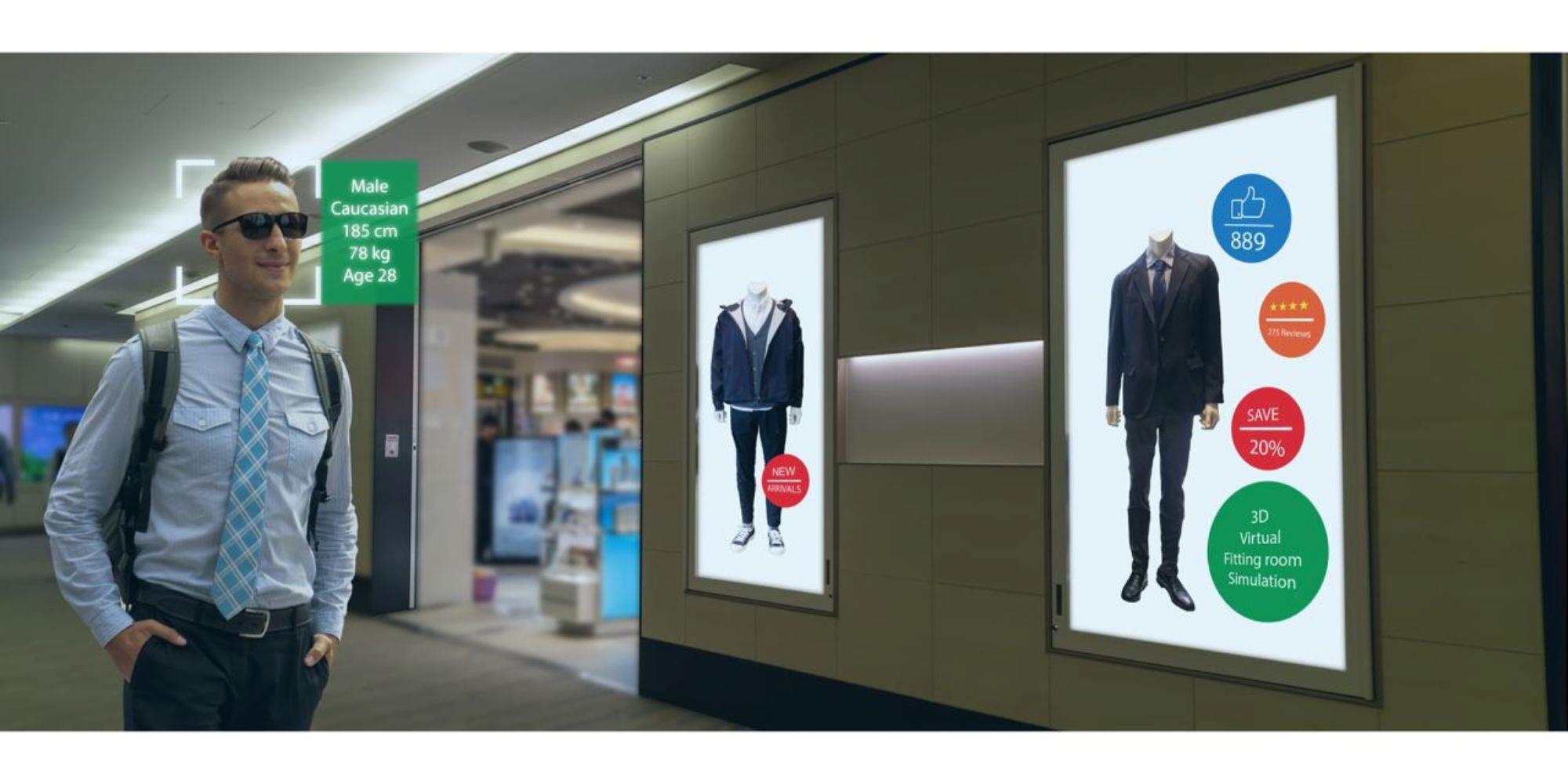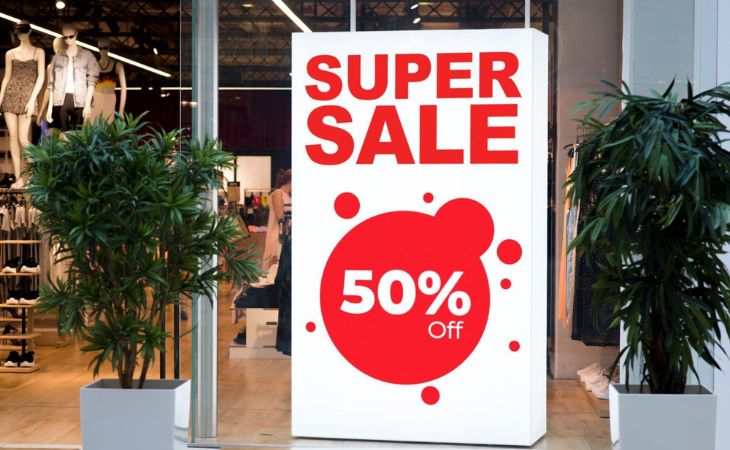
Boost Retail Success with Strategic Merchandising Examples
In the competitive world of retail, the presentation of products plays a crucial role in capturing customers' attention and driving sales. Imagine walking into a store where every item is thoroughly displayed, enticing you to explore further and perhaps make a purchase.
The way products are merchandised can make or break a sale, and understanding effective merchandising techniques is key to maximizing your product's potential. So let's explore ten impactful examples that can boost your merchandising game and set your products apart from the competition.
What is Merchandise?
Merchandise, frequently referred to as goods or products, encompasses a wide range of tangible items available for sale in retail establishments. The definition of merchandise extends beyond physical items to services and digital products. Understanding the importance of merchandise in retail is crucial for businesses looking to drive sales and customer loyalty. Effective merchandising strategies involve product placement, pricing, promotion, and visual presentation to maximize sales potential.
The benefits of strategic merchandise planning include increased revenue, improved customer satisfaction, and enhanced brand visibility. Impactful merchandise displays can influence consumer purchasing decisions, drive impulse buys, and create memorable shopping experiences that keep customers returning for more.
What is Merchandising?
An essential aspect of retail operations, merchandising encompasses a strategic approach to product presentation and promotion within a retail environment. Visual merchandising involves creating visually appealing displays that attract customers and highlight products effectively. Retail displays are carefully curated to showcase products enticingly, encouraging customers to make purchases. Product presentation focuses on how items are arranged and showcased to maximize their appeal and make them stand out.
The store layout is crucial in guiding customers through the store efficiently while influencing their purchasing decisions. Brand promotion is integrated into merchandising strategies to build brand awareness and loyalty through consistent messaging and visuals across all touchpoints within the retail space.
Merchandise vs. Merchandising

When distinguishing between merchandise and merchandising in retail operations, it is essential to understand their distinct roles and contributions to overall sales success.
Merchandise refers to the products or goods a store sells, encompassing the tangible items available for purchase.
On the other hand, merchandising involves the strategic planning and execution of various elements such as visual merchandising, store layout, product placement, and retail presentation to optimize sales conversion, enhance brand visibility, and drive customer engagement.
By staying attuned to merchandising trends and consumer psychology, retailers can create compelling merchandising strategies that resonate with their target audience, ultimately leading to increased sales and customer loyalty.
10 Merchandising Examples For Better Presenting Your Products
Effective merchandising techniques are important in capturing customers' attention and driving sales.
Window displays, planogram layouts, endcap displays, cross-merchandising, and digital signage software solutions such as interactive displays are key strategies that retailers can utilize to enhance the presentation of their products and create a memorable shopping experience.
By combining these techniques strategically, businesses can increase product visibility, promote cross-selling opportunities, and ultimately boost their bottom line.
Window Displays
Visual storytelling through window displays can evoke emotions and create a narrative around the products, drawing customers in.
Strategic product placement within the display can highlight key items and encourage sales. Incorporating brand identity elements such as logos, colors, and slogans can help reinforce brand recognition and loyalty.
Creative arrangements of products, props, and signage can make the display visually appealing and memorable. Attention-grabbing designs, whether through bold colors, unique shapes, or interactive elements, can entice passersby to stop and explore further.
Planogram Layouts
Visual merchandising techniques such as color coordination, signage, and lighting can enhance the overall appeal of the display.
A well-thought-out store layout that guides customers through different sections can increase product visibility and encourage exploration.
Strategic shelf organization, including using eye-level shelves for high-demand items and end caps for promotions, can further attract customer attention.
By integrating these elements, retailers can create compelling planogram layouts that showcase products effectively and improve the shopping experience for customers.
Endcap Displays
Endcap strategies are crucial in visual merchandising, focusing on product placement and retail design to maximize impact. These displays are prime real estate for brand promotion, as they catch customers' eyes and create lasting impressions.
By strategically aligning products with customer needs and preferences, store layout significantly drives sales through Endcap Displays. Engaging customers through innovative merchandising trends and effective marketing strategies is key to leveraging Endcaps as a sales technique.
Cross-Merchandising
Retail partnerships can be maximized to create unique product pairings that cater to the needs and preferences of the target audience. Brand collaborations offer opportunities to introduce exclusive items that attract a broader customer base.
Theme curation allows for creating cohesive product displays that tell a story and capture shoppers' attention.
By combining these elements thoughtfully, retailers can create a dynamic and engaging shopping experience that boosts sales and customer satisfaction.
Interactive Displays
Retailers can create immersive and personalized customer experiences by integrating digital interactions into product demonstrations.
These interactive displays showcase products and engage shoppers through visual storytelling, making shopping more memorable and impactful.
Through interactive experiences, customers can interact with the products hands-on, leading to increased interest and understanding of the merchandise.
In-Store Signage and Messaging
Dynamic methods, such as digital signage and touchscreen kiosks, provide engaging ways to showcase product information and promotions, capturing customer attention and delivering an interactive shopping experience.
Floor decals serve to guide customers to specific sections or highlight new arrivals, improving navigation and featuring key items. Shelf talkers prove effective in drawing attention to product details, benefits, or discounts, influencing purchasing decisions right at the point of sale.
Strategically placed hanging banners throughout the store can establish a unified theme, announce sales events, or promote brand messaging, thereby reinforcing the overall shopping experience and boosting brand visibility.
Sensory Merchandising
Utilizing sensory elements in merchandising can also significantly influence purchasing behavior in retail environments. Aromatherapy scents can create a welcoming atmosphere and evoke emotional responses, influencing customers positively.
Tactile textures incorporated into product displays can engage customers on a physical level, encouraging interaction and exploration. Visual displays are crucial in capturing attention and conveying brand messages effectively.
Auditory experiences, such as soothing background music or product-related sounds, can enhance the overall ambiance and create a memorable shopping experience.
Additionally, taste testing offers customers a hands-on approach to product engagement, allowing them to experience the product firsthand before making a purchase decision.
Pop-Up Shops
Pop-up shops are instrumental in brand activations, leveraging experiential marketing to create a buzz around products. They align with current retail trends by tapping into consumer behavior, offering a sense of urgency and exclusivity.
Visual merchandising and retail design play crucial roles in these ventures, maximizing the impact of limited-time offerings.
Pop-up shops create memorable interactions that drive brand loyalty programs by focusing on customer engagement and enhancing the retail experience. Careful product placement within these spaces is a key component of the overall retail strategy, ensuring that products are showcased effectively to drive sales and brand awareness.
Product Demonstrations and Sampling
Interactive demonstrations and sampling give customers hands-on product presentation, improving their engagement and experience. Visual merchandising is essential in showcasing the products during these interactions, further elevating the customer experience.
Through direct customer interaction and feedback gathered during these demonstrations, businesses can fine-tune their offerings to meet consumer needs better.
This showcase strategy increases the effectiveness of promotional efforts and helps build lasting relationships with customers based on trust and quality experiences.
Seasonal Displays
Holiday promotions can be enhanced through festive decorations and winter themes, creating an immersive shopping experience. Seasonal sales are often boosted by strategically placed Christmas displays that evoke a sense of joy and celebration.
Retailers can leverage the power of seasonal displays to drive sales and create a memorable shopping atmosphere that resonates with customers.
By incorporating these elements into their merchandising strategies, businesses can stay relevant, increase foot traffic, and capitalize on the festive spirit to boost their bottom line.
Strategic Merchandising for Brand Success
The adept implementation of merchandising techniques such as free digital signage software holds considerable influence over product presentation and overall sales performance.
Businesses can craft a compelling narrative around their products by prioritizing elements such as product packaging and brand storytelling. Visual merchandising is essential in retail, shaping customer engagement and driving sales conversion.
The strategic placement of products within a thoughtfully designed store layout serves to reinforce brand identity and elevate the consumer experience. Business quality management must recognize the significance of these elements and leverage them effectively to distinguish themselves in a competitive market.
Through the strategic incorporation of merchandising strategies, companies can curate memorable experiences for customers, ultimately fostering increased sales.
More From Our Blog
-

Screen Sharing for Workplace Collaboration | Rise Vision
Screen-sharing technology has transformed how teams communicate and work together in real-time, regardless of their location. It can make presentations more engaging, support remote work, and speed[…]
Read More -

How to Use PowerPoint for Digital Signage
To create stunning, attention-grabbing, and effective digital signage content, you need the help of content creation and presentation tools. One of the most popular is Microsoft PowerPoint, owing to[…]
Read More -

120 Digital Signage Content Ideas
So…. you decided you would invest in some digital signage software and you need some ideas for ways you can make it stand out. This article is your go-to source for the best digital signage content[…]
Read More
Keep Your Displays Interesting – Pick New Templates Every Week!
Every week, we send template recommendations that will make you look great and improve your audience experience. And the best part, they save up to 16 hours of content creation time every week!
12,300+ Organizations Trust Rise Vision, You Can Too
Schedule a Free Demo
You deserve the #1 all-in-one platform for digital signage, screen sharing, and emergency alerts.



































